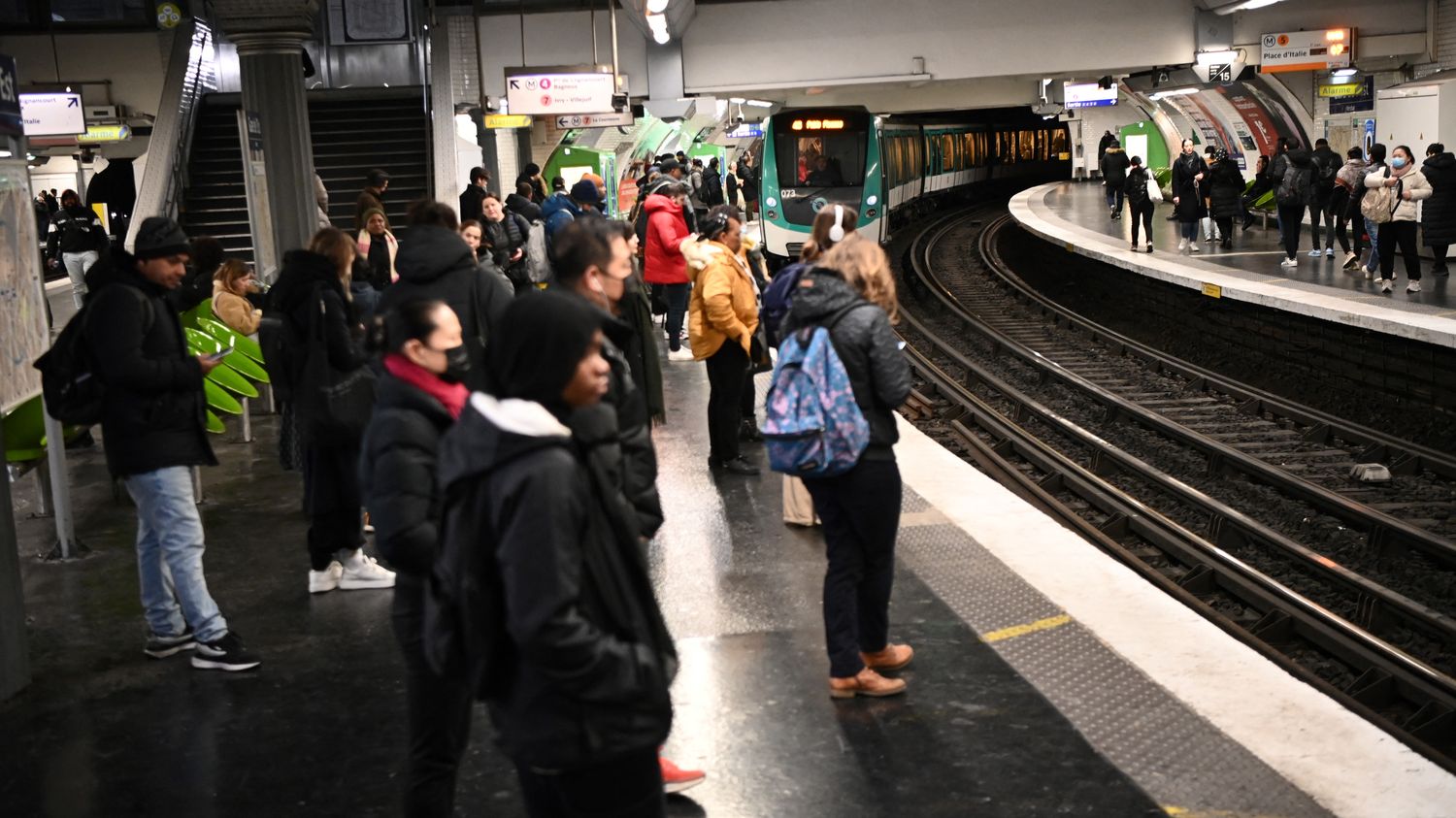“I wonder about the protocol that was carried out,” declared Tony Renucci, director of the Respire association, Monday on franceinfo, after the publication of a study on air pollution in the metro.
Published
Reading time: 3 min

“It’s going in the right direction, there is still awareness also at the level of communities and elected officials and IDFM [Ile-de-France Mobilités]”greets Monday January 22 on franceinfo Tony Renucci, director of the Respire association, after the publication of a study on air pollution in the metro carried out at the initiative of the Ile-de-France transport organizing authority. France Mobilités (IDFM), with the support of Airparif.
This survey reveals that only three stations are in the red, Belleville, Jaurès and Oberkampf, located in eastern Paris. Which leaves Tony Renucci perplexed: “On the results, I am a little mixed”especially since “the measurements were taken on PM10 which are not fine particles”adds the director of Respire who thinks about this study “is incomplete”.
franceinfo: according to this study, there are high levels of pollution in at least three stations classified red, Jaurès, Belleville and Oberkampf. What is your feeling about this ranking?
Tony Renucci: I still welcome the fact that there is finally a transparency operation happening on this subject and I think that Respire’s complaint also has a lot to do with it. This is going in the right direction, there is still awareness also at the level of communities and elected officials and IDFM. It is also linked to the presence of certain elected officials who pushed in this direction.
This is the first study to be validated by the competent authority…
This is the first study to be carried out in this way outside of those carried out by Respire or ANSES, the National Health Security Agency. It is a good chance that we are moving towards more transparency. Regarding the results, I am a little mixed because it gives the impression that there would only be three stations which would be polluted. I wonder about the protocol that was carried out. We can question the thresholds chosen which are based on the recommendations of ANSES [PM10 dépassant les 480 µg/m3] while she herself specifies that we cannot use these thresholds to see the effect of this pollution on health, and that these thresholds are not used for that. The measurements were taken on PM10 which are not fine particles. These are called coarse particles that are retained in the respiratory tract, which do not penetrate as deeply as very fine particles. As a reminder, in our 2019 study, we said that 99% of particles are very fine PM1 particles.
Are you saying that we underestimate pollution in the metro with this study?
I cannot judge that this study underestimates this pollution because there would need to be scientific backing for that, but what I think is that it is incomplete.
Do you think the Paris metro is dangerous for your health?
The Paris metro is dangerous because we have high levels of pollution. Regarding the health consequences of short-term exposure, today the scientific literature is not sufficient to say exactly what the health consequences are. We know the health consequences of exposure to particles, but today, we are not able to say what the consequences are for short-term exposure. It’s very easy for the RATP to say that there are no consequences since it does not carry out scientific studies. This is what is needed and I think it could be the role of the government or parliamentarians to ask for them.
The RATP promises to renew the fans in the most polluted stations and to change the braking system of the metros, because it is during braking that particles are emitted in very large quantities. Does that suit you as a measure?
Yes, that’s good, now we have to make it happen, accelerate it, since we’ve been talking about it.
